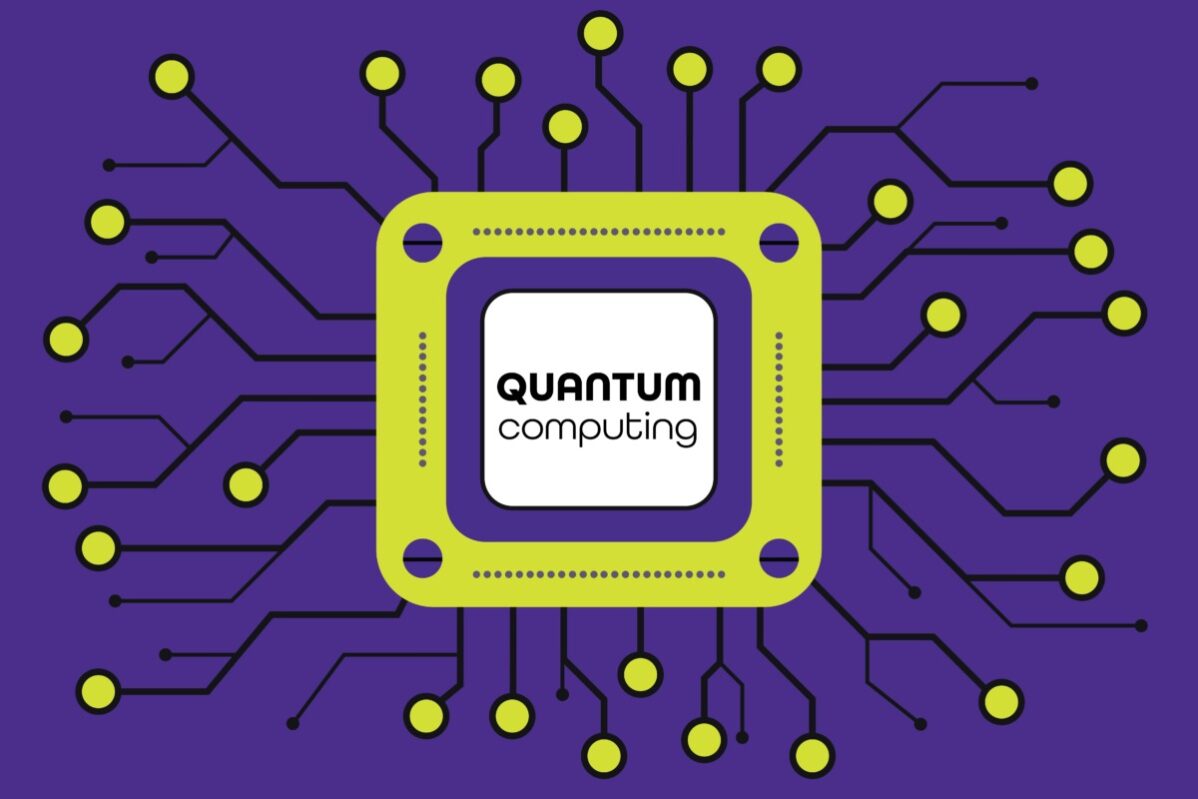The modern world has seen rapid development in technology, especially in computing with classical computer processor parts (transistors) reaching atomic size levels.
All processing within a computer is done by transistors at the most fundamental level. Transistors are like very small switches that either let electrons pass through or block them depending on an input signal which changes the switch state.
Smaller transistor size means that the electrons don’t have to travel as far during processing and more transistors can be packed onto a chip, improving performance and efficiency. This trend of reducing transistor size and increasing their numbers on a chip saw a steady trend throughout the years following “Moore’s law.” Transistors today are typically in the range of 10 nm and seven nm with developments into five and three nm as well.
When transistors that have electrons flowing through them become so small, electrons tend to leak through in a process called quantum tunneling. Classical computers fail when dealing with quantum mechanics of electrons. Quantum computers on the other hand are designed specifically to take advantage of such quantum effects to increase processing power.
Traditional computer systems work based on binary bits which can either be in a state of one or zero and not both. Quantum computers on the other hand with the quantum mechanics of superposition and entanglement operate based on qubits which can have the state of one, zero or some portion of zero and some portion of one.
This means its state is not fixed until it is recorded by an observer. This is what gives quantum computers the edge to handle operations at exceptionally higher speeds. Instead of a fixed single state one qubit is able to exist in multiple states, all these states are information that is used in processing.
Some months back, Google introduced the world to its quantum computing chip “Willow.” Qubits are relatively unstable which causes processing errors. Willow, however, boasted improved error correction in real time while the processing was taking place, making it a top player in the field. Their research also indicates that the more qubits they use, the better the error correction becomes.
While taking one of the hardest benchmark tests for quantum computers, Random Circuit Sampling (RCS), Willow was able to complete its computation in under five minutes, what the fastest supercomputers would take 1025 or 10 septillion years. That is 10 followed by 24 zeroes, way beyond the end of the universe’s predicted lifecycle.
Soon after a few weeks ago, Microsoft released the “Majorana 1” chip claiming to be made of an entirely new state of matter that can control the Majorana particle. This particle is said to be resistant to changes in its quantum properties unlike other particles that lose their quantum nature of being a combination of portions of ones and zeroes out in the environment.
Microsoft claims they not only are able to record the particle but also to control it to allow millions of qubits to fit on a single chip that makes the quantum computer useful in real-life practical applications. Unlike Willow, Majorana 1 is supposedly error resistant at the hardware level making it more stable.
Although quantum computers show great promise and incredible performance capabilities, they are still in the development stage and are not available to be purchased at your nearest Best Buy to play the new Grand Theft Auto when it is released.
However, with the strides of research and improvement companies like IBM, Google, Microsoft and many others are making, it may not be long before quantum computers are used to solve the problems the world faces today.
With rapid processing it would be able to create simulations of the very stuff it is made of, quantum systems. This would greatly accelerate understanding of molecule and material behavior for use in material science and drug discovery.
Other applications can be in the field of cybersecurity, artificial intelligence and machine learning, all of which could see leaps and bounds of progress with the aid of a quantum computer.


